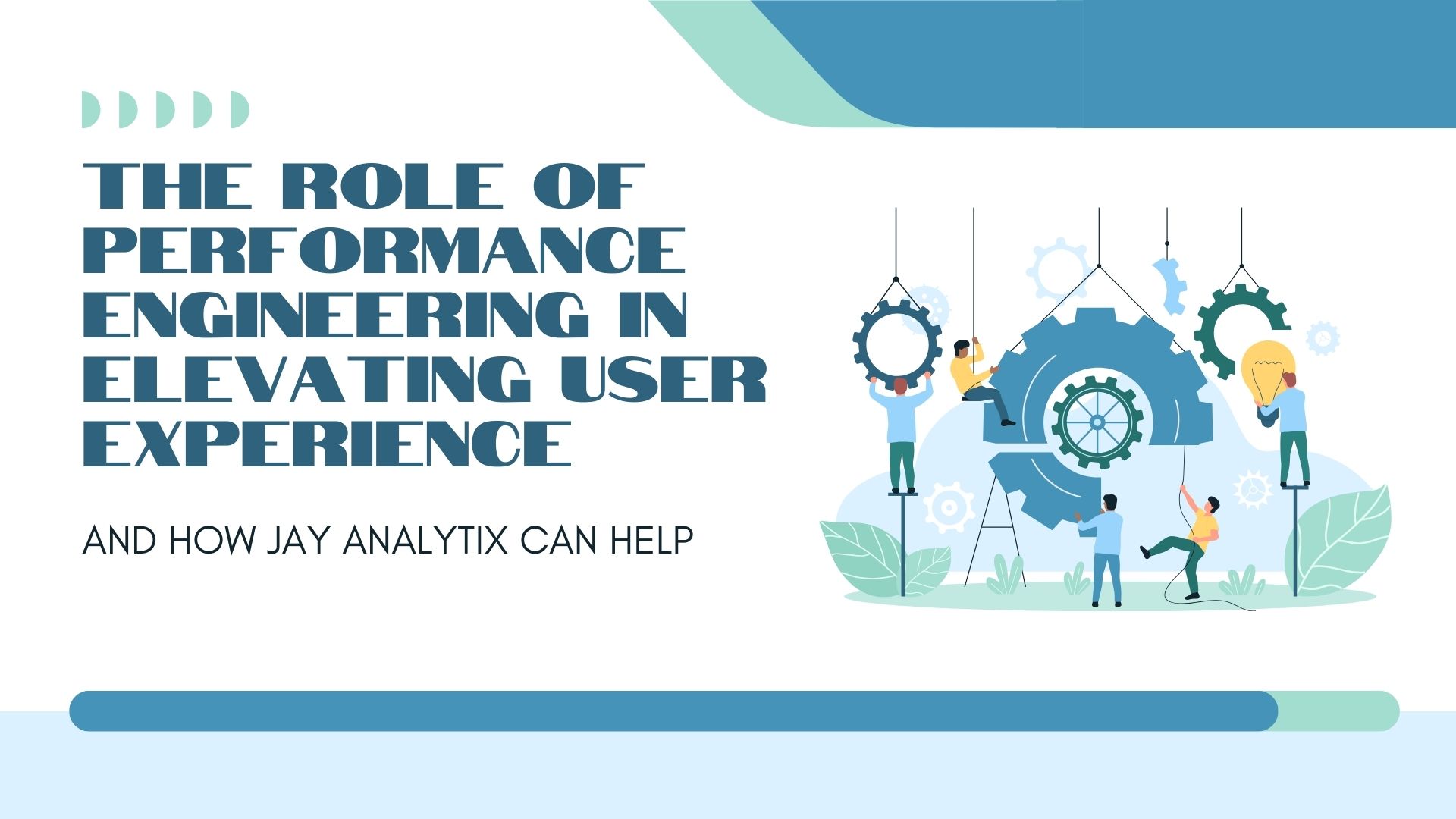In the past two years, the job market has changed extensively. Keeping the dynamics in mind, it isn’t enough if candidates simply apply through job boards and portals. Nowadays, most recruiters adopt automated systems and filter candidates in accordance to their job requirements. Between these screening processes, multiple recruiters and the slowdown in hiring; job seekers continue to face a competitive job hunt and therefore have to look for ways to catch the attention of recruiters.
Whether you’re a fresh graduate stepping into the professional world or a seasoned professional looking for a career transition, these ten tips will guide you towards your dream job.
1. All about what YOU want
Before diving head first into the job search process, it is integral to take a moment and reflect on your career goals, values, and strengths. Where do you want to be five years from now? And what path will help you achieve that? Candidates should be clear on what their passion is and what kind of roles align with their skills and aspirations. Clarity in your objectives will streamline your job search and help you target the right opportunities.
2. Your “voice” matters
Each company has its own characteristics. This would mean that the company that you have applied for, has its unique voice and identity. Recruiters would often look for candidates who have a similar voice, and can fit well with the culture of the company. Before you hit the submit button, take a second look at your resume and cover letter. Does your profile look like someone who would fit well with the company? If your answer is no, change the tonality of your resume.
This would also mean that you develop your personal brand. In today’s digital age, it is imperative for candidates to amp up their social media presence, as it plays a crucial role in shaping employers’ perceptions. From your LinkedIn to your Indeed, recruiters are zooming in on potential candidates; so professional headshots, updates dio, an active profile are a must.
3. Think “Out of the box”
Pre interview: Most recruiters see 100+ applications for a job posting. Your peers are likely to have similar experiences as you do. Keeping this in mind, candidates should think outside the box and come up with unconventional methods to catch the eye of recruiters. Slide into the company’s DMs, keep some case studies ready for the interview and so on.
During interview: Sometimes recruiters ask questions which will help them evaluate the job seeker in multiple ways: cultural fit, technical skills and alignment with the role. Job seekers must think before they answer questions. It is important that they try to understand why such a question might have come up. With this clarity, a customized answer will move the recruitment process leaps and bounds.
4. Networking is key!
Never underestimate the power of coffee chats. Attend industry events, join webinars, connect with experts in your field, and engage in meaningful conversations. Building a strong professional network can open doors for you and help you grow in the industry. The concept of “hidden job market” is very real, and referrals can help you get there. In fact, according to an article, 60 percent of jobs are found through networking, and are not available online.
5. Keeping up with the trends!
Phase 1: Know the hiring trends:
Did you know that 75 percent of resumes are rejected before they reach the hiring manager, through the Applicant Tracking System (ATS)? Job seekers should watch out for new trends and changes in the recruitment process such as usage of ATS.
Phase 2: Know the industry trends:
Candidates who have scheduled an interview must be aware of the latest trends in the industry. Whether a new bill has passed, change of government policies, any drastic development in the industry; candidates should be up to date. Also, it is important for candidates to do some research on the company they are interviewing for. In some cases, if candidates notice a leadership change or any new appointment, depending on the role that they are applying for, they can bring it up during the interview process.
Research the company thoroughly, understand its culture, values, and recent developments.
6. Showcase Your Soft Skills
While technical skills are important, employers also value soft skills such as communication, teamwork, and adaptability. Use your resume, cover letter, and interview responses to highlight instances where you’ve demonstrated these skills effectively. Employers often look for well-rounded candidates who can thrive in diverse work environments.
7. One size does not fit all
When applying for jobs, one must tailor their resume and cover letter to each position; thereby customizing their application to suit each opportunity. Each job description and requirement will mention different skills. Job seekers should highlight relevant skills and experiences that match the job requirements. Also, by personalizing their application materials, job seekers are showing that they are genuinely interested in the role hence increasing their chances of getting noticed by recruiters.
8. L&D measures
Job seekers should stay updated by investing in continuous learning and development courses. If you are on a job hunt, you must regularly enroll in good online courses, attend workshops, engage with experts in the field through webinars or even go the extra mile by opting for professional certifications relevant to your field. This shows that as a job seeker, you are committed to lifelong learning and showcases your proactive attitude and willingness to grow professionally. According to an article on Indeed, there are always opportunities to improve your skills, learn new ones and learn more about yourself and what better work might mean to you. Networking through events or email can also be a good idea.
9. The art of “perseverance”
The job search can be exhausting. It is tiring to keep applying for opportunities, to keep customizing your profile, and hunt for more opportunities. Furthermore, rejections become part and parcel of the life of a job seeker. All of this leads to frustration.
But here is where it is important for job seekers to stay resilient and maintain a positive mindset, even in the face of setbacks. Each rejection should be met with a mindset of “let me ask for some feedback”, and each opportunity should be utilized to its maximum.
10. Follow up
After every coffee chat, every networking event, and even every interview; it is important for candidates to write to the respective point of contact/HR and express their gratitude for the opportunity to connect. Job seekers can also use this opportunity to reiterate your interest in the role and briefly highlight key points from your conversation. By connecting and reminding them of your interview/conversation/coffee chat, you automatically place yourself on their radar of potential employers.
Landing your dream job is not easy. It requires time, effort and lots of dedication. By following these ten tips, job seekers will be well-equipped to navigate the job market effectively and secure the opportunity that aligns with their career goals and aspirations. Stay focused, stay proactive, and never underestimate the power of your unique skills and experiences.
Don’t forget, it only takes ONE acceptance to make all this worth the while.
Your dream job is closer than you think it is with Jay Analytix. We provide IT Staffing solutions and connect employers with potential talent in the tech industry. If you are a job seeker looking for tech roles, connect with us, and if you are an employer looking for the right techie for a role, reach out to us!











